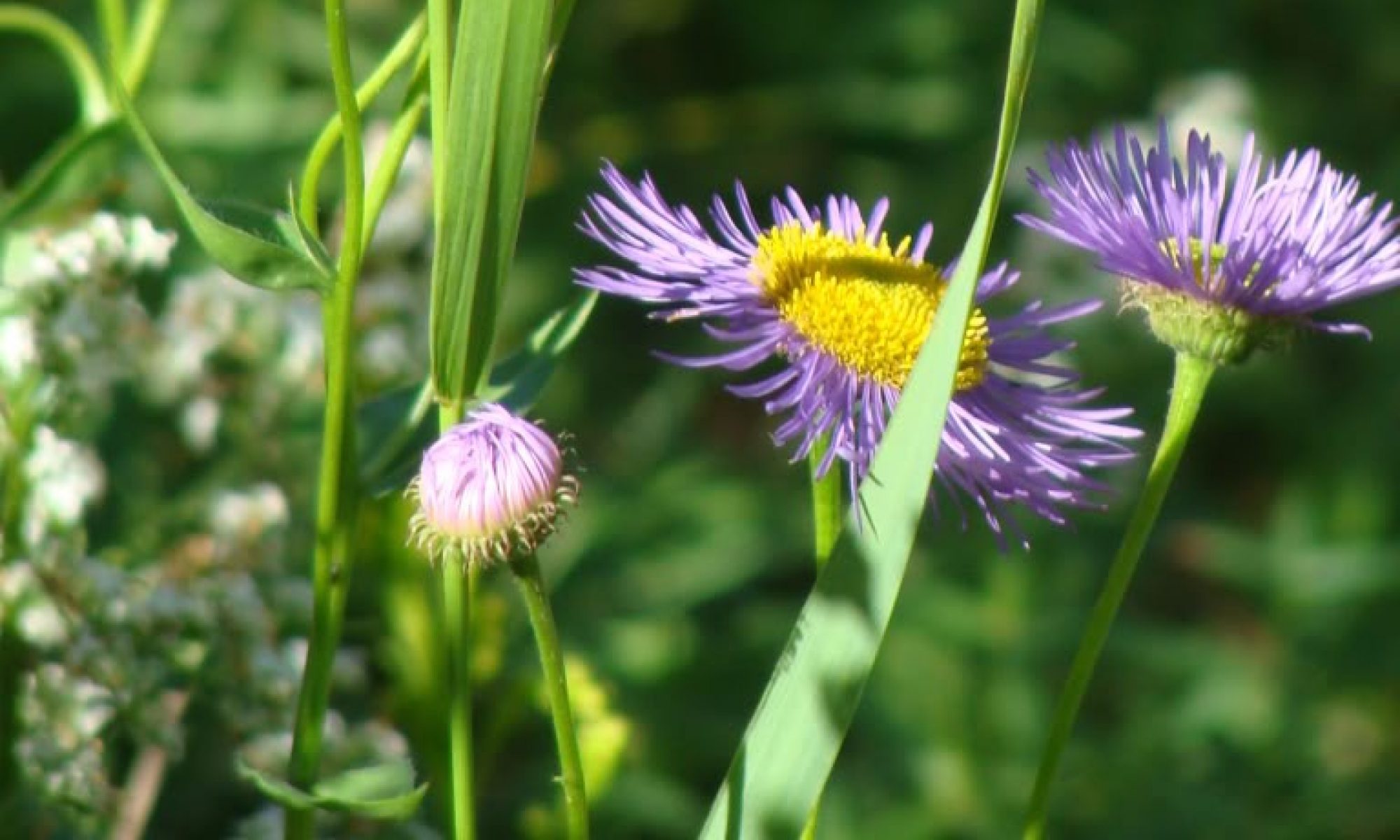My entire life I have always loved wild roses. I would stumble upon them when hiking around and just be fascinated that such beauty could be growing wild. The smell is like no other–a sweet, unmistakably rose scent that stays with you forever. My obsession was rekindled in recent years on trips to Okanogan County where the wild roses grow all around in the woods and along the roads near our Tonasket cabin. It feels like the whole world is sweeter when all the wild roses are blooming and casting their fragrance out and about.
As a seed starting addict, I constantly grab rose hips and throw them in my pocket to start the seeds the next spring. The plant below is a product of my hip-tomania. My challenge is that I never know what the plants are, exactly, until they bloom and I can start sleuthing on their botanical identity. These are the first flowers I’ve seen on this rose. They are gorgeous. Preliminary identification by the native plant FaceBook group has this pegged as Rosa nootkana. I’ll dig deeper this weekend to identify it for sure. It is probably about five years old from seed.
One thing that makes me happy about this plant is that the leaves look pretty rough already because they are being eaten! That is the entire point–adding to food webs! So, assuming Seattle native fauna are eating my Seattle native flora, I’m a happy camper!






















































